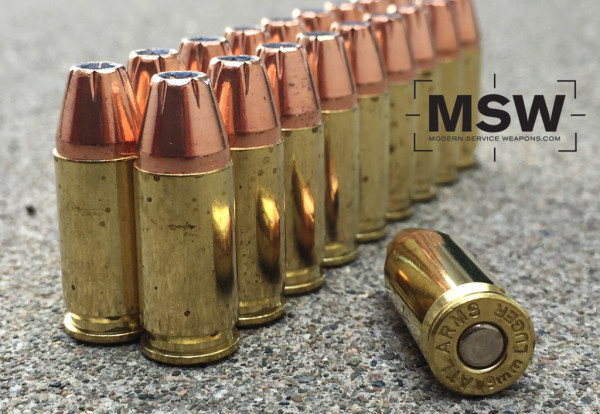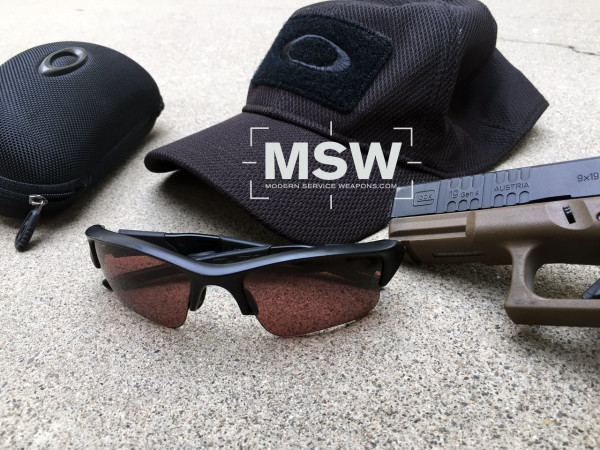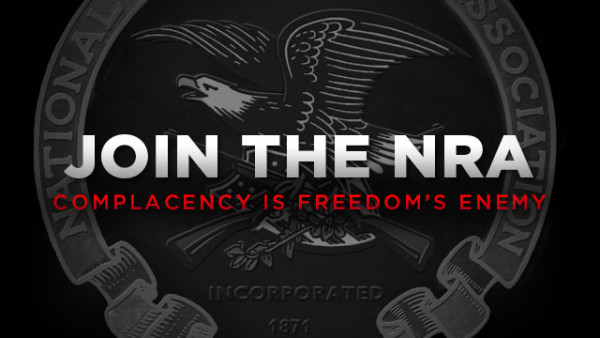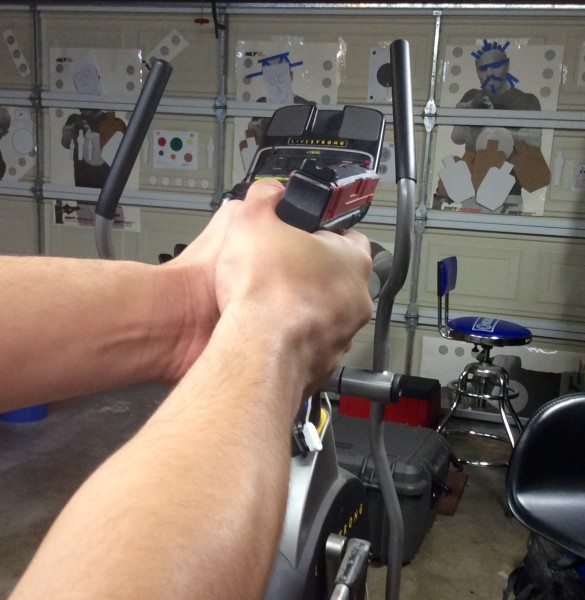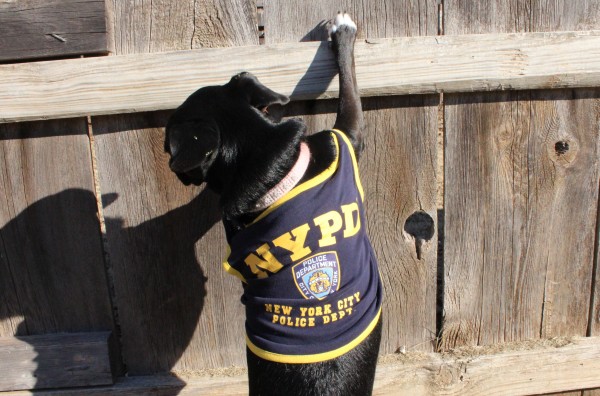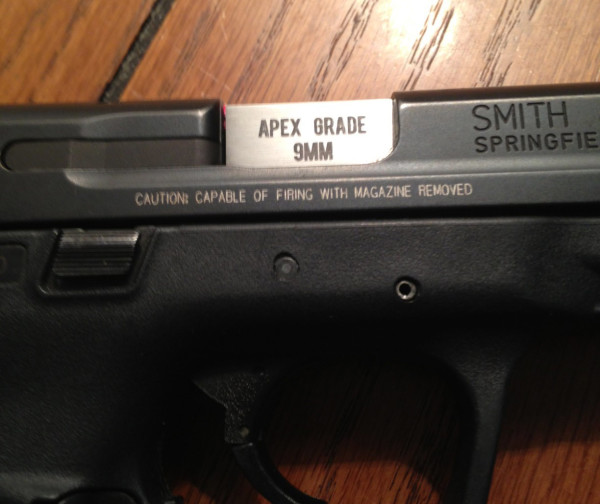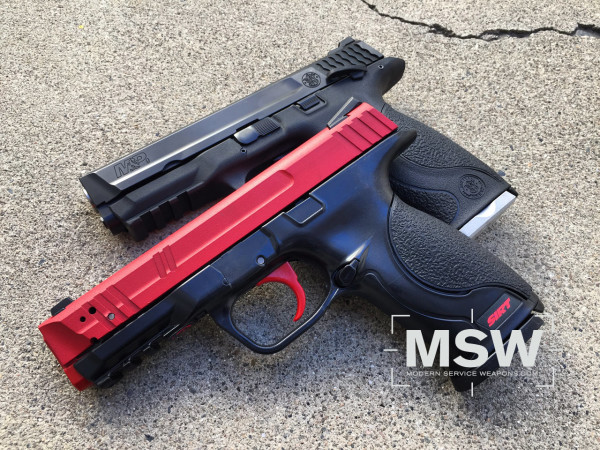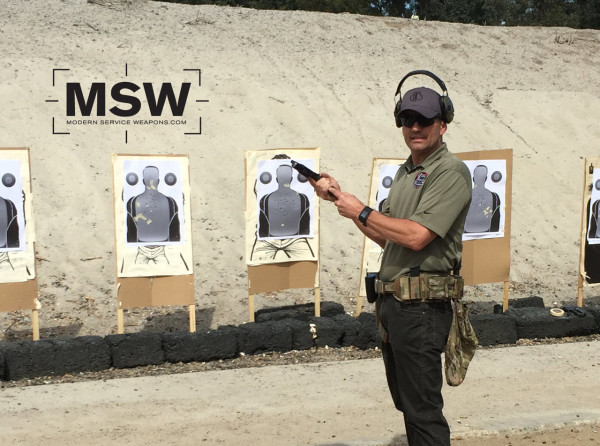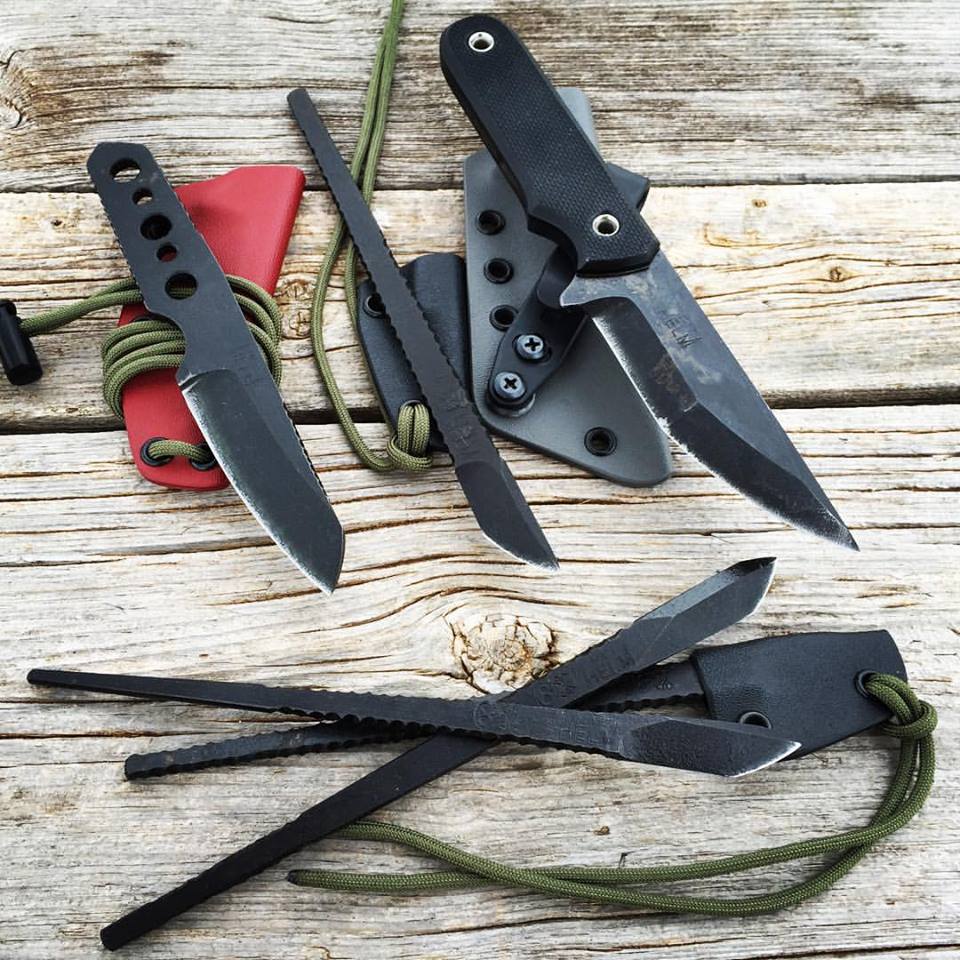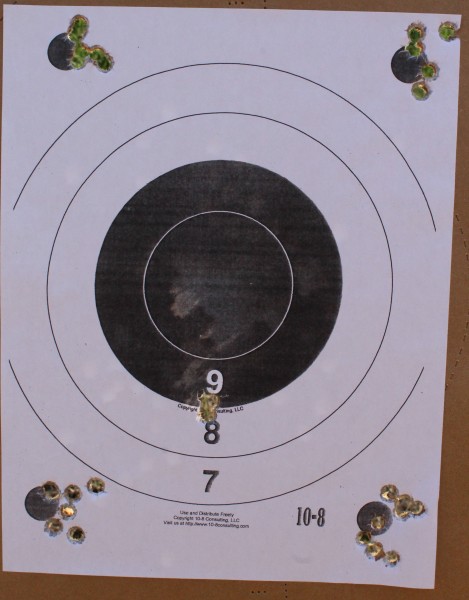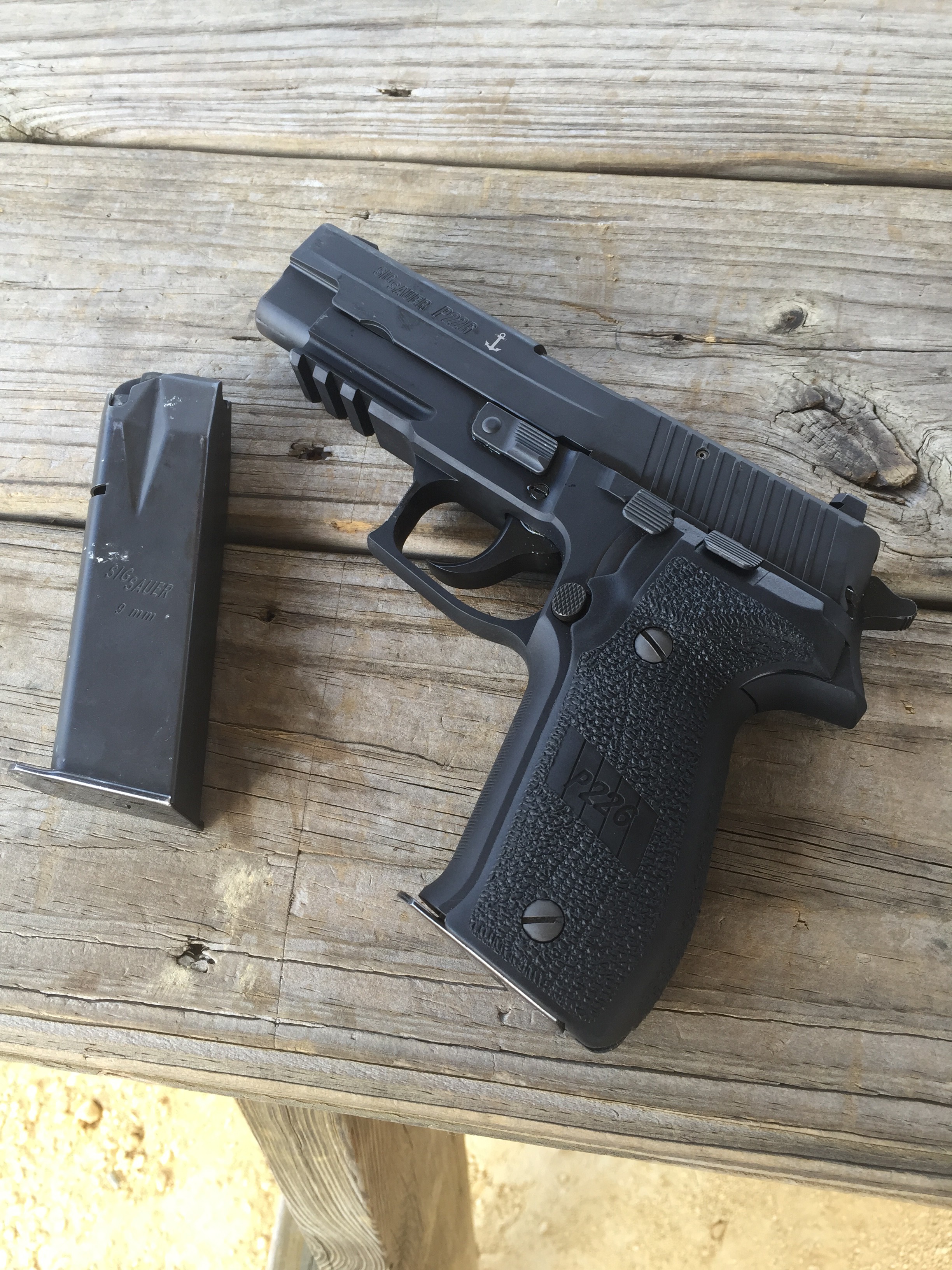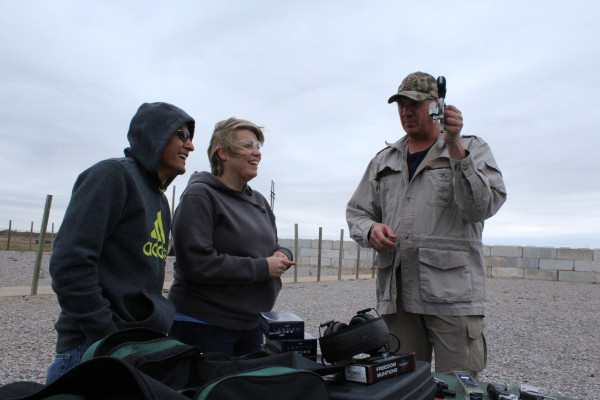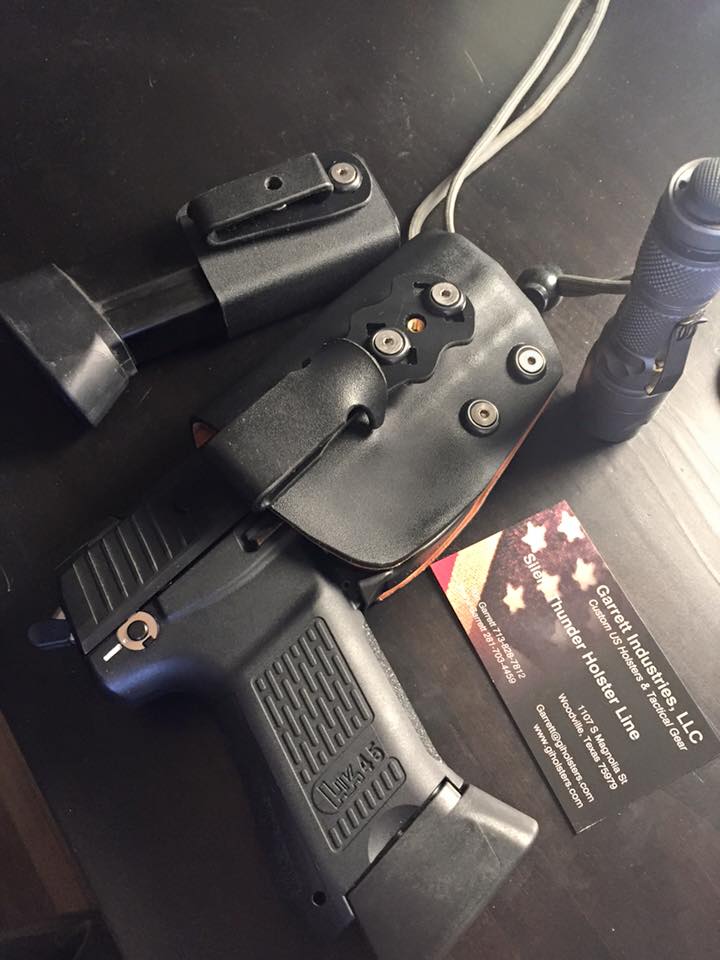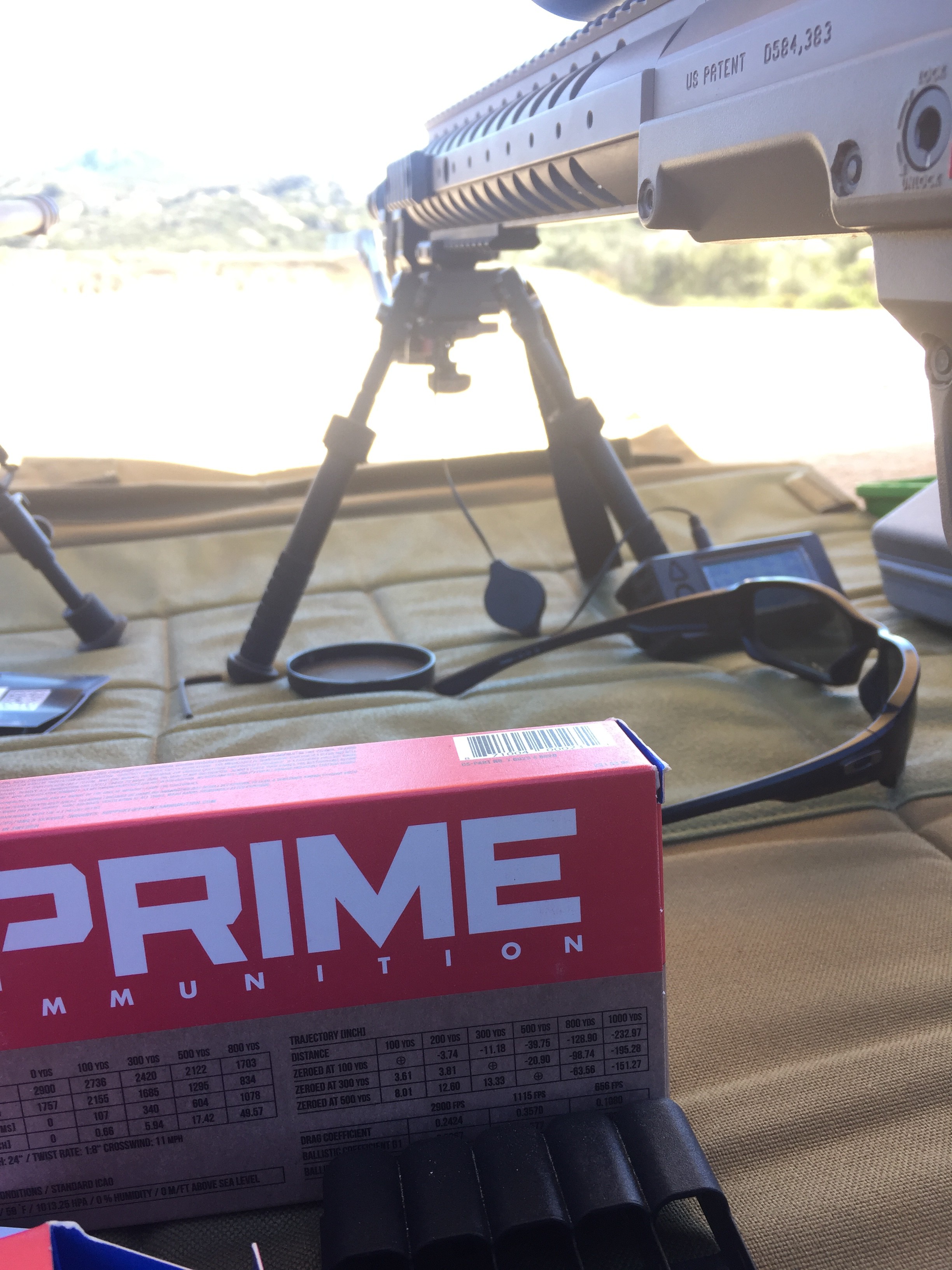One of the results of the fabled and oft studied Miami Shootout of 1986, where two FBI Agents lost their lives when attempting to take down two violent felons, was the conclusion that the 9mm round used by agents at the time failed to adequately perform its job to incapacitate its target. As a result, the .40 caliber round rose from the aftermath and eventually worked its way into law enforcement agencies across the nation, with the notion that it had the “capacity of a 9mm, and the stopping power of a 45.” But this alleged increase in terminal performance did not come for free. Over the years, the louder report and snappier recoil made it hard for many trainees and officers alike to qualify, the ammunition costs more (than 9mm), and there is increased wear on the pistol (as well as the hands and elbows of the shooter.)
Fast forward to 2014, and the same agency that shunned the 9mm two decades ago issued a solicitation for a family of 9mm pistols for its agents. This is not surprising, as I have always found the 40 caliber to have a very snappy recoil that was more fatiguing to shoot for extended periods of time than even a 45 caliber pistol. I found that 40 caliber pistols were more accurately characterized as “the stopping power of a 9mm with the recoil of a 45.” I say that in jest, but what I have learned is that with decades of advancement in ballistic technology, high performance handgun rounds in any major service pistol caliber have performed adequately in testing and the field, given the limitations of handgun calibers as a whole. Continue reading



